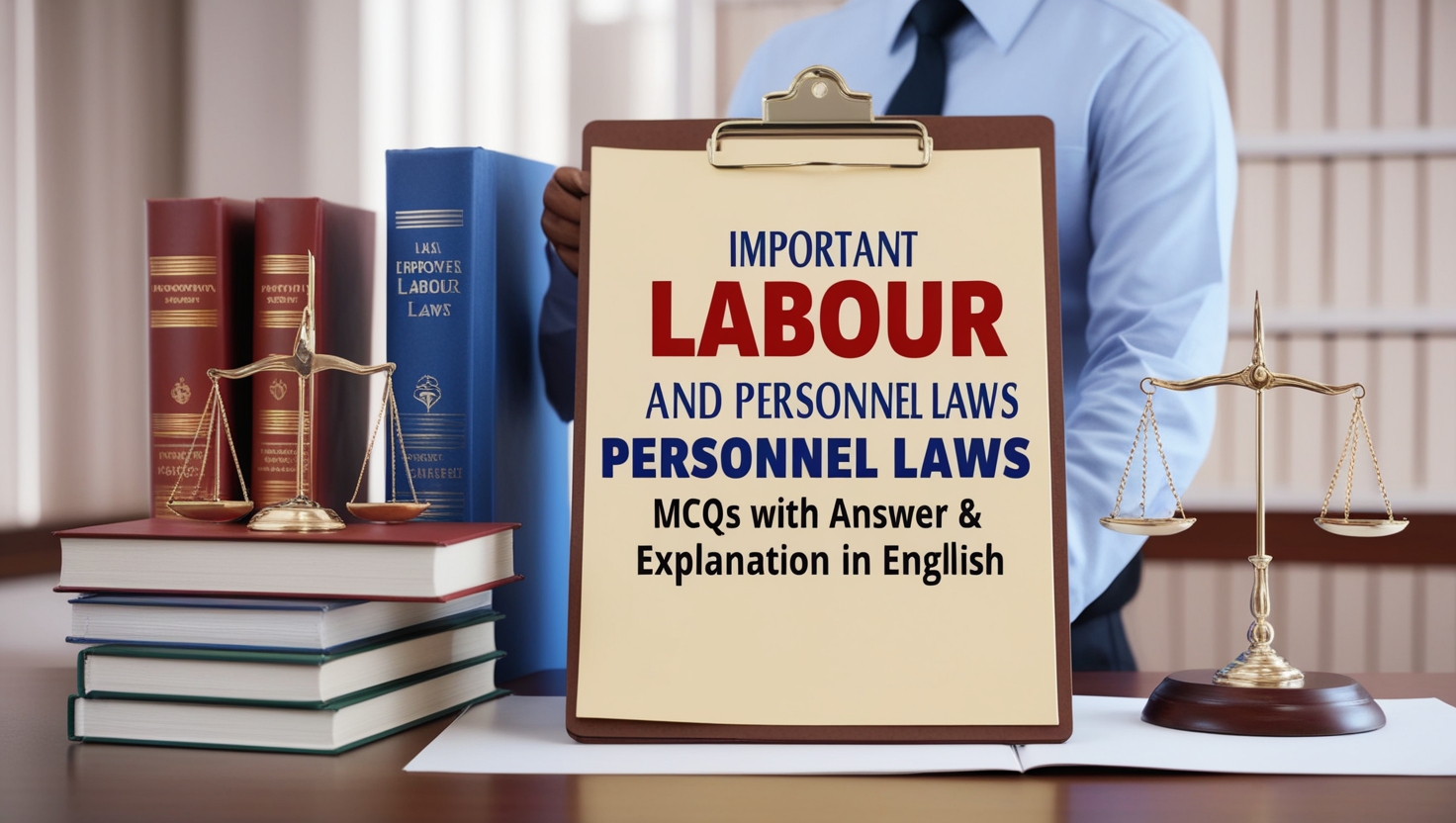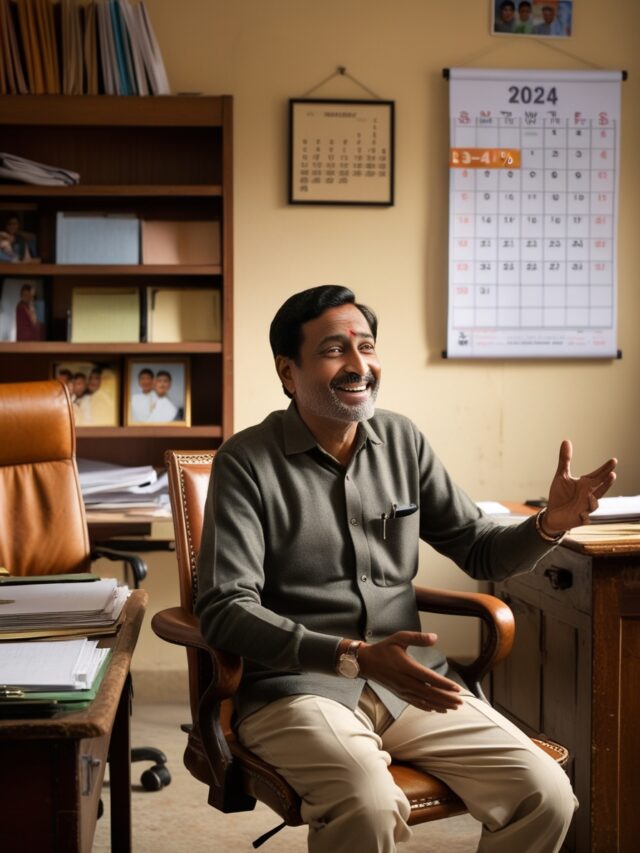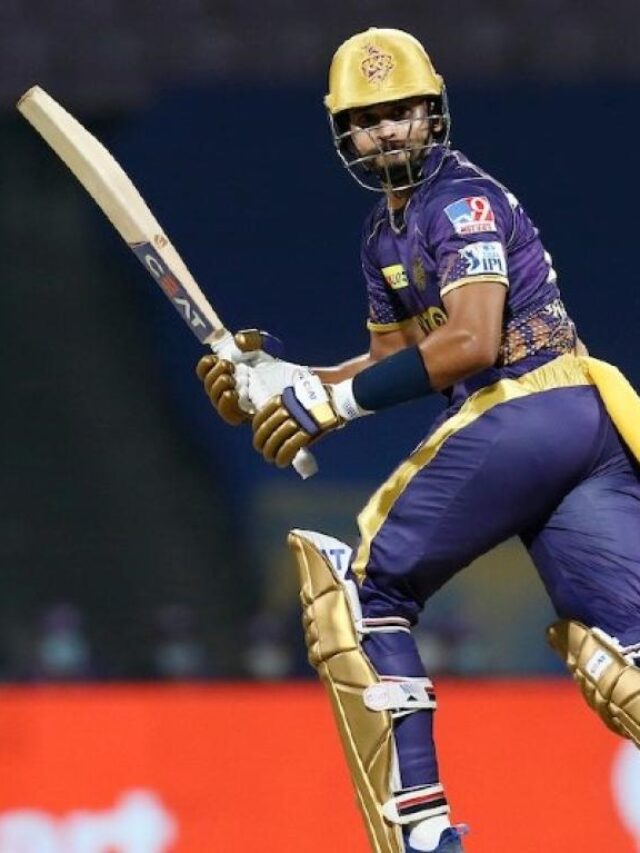
Labour and personnel laws play a crucial role in regulating workplace rights, responsibilities, and relationships. This article, titled Important Labour and Personnel Laws GK MCQs With Answer & Explanation in English, offers a comprehensive collection of multiple-choice questions designed to help you understand key provisions, principles, and legal frameworks.
Whether you’re preparing for competitive exams or enhancing your general knowledge, this guide will provide valuable insights into the essential labour and personnel laws in India, with detailed answers and explanations.
1. In which year was the Bonded Labor System (Abolition) Act passed?
- 1975
- 1976
- 1977
- 1978
Show Answer
Answer: 1976
Enacted in 1976, this law aimed to eradicate the practice of bonded labor in India. It provides legal protection to individuals trapped in bonded labor by declaring the system illegal. The Act seeks to emancipate and rehabilitate bonded laborers and penalizes those who exploit them.
2. The Factories Act was passed in which year?
- 1948
- 1950
- 1951
- 1948
Show Answer
Answer: 1948
The Factories Act, passed in 1948 and subsequently amended, plays a critical role in formulating national policies related to occupational safety and health in factories and docks across India. It sets forth regulations and safety standards to ensure the welfare of workers in such establishments.
3. The Industrial Disputes Act was passed in which year?
- 1946
- 1947
- 1948
- 1949
Show Answer
Answer: 1947
Enacted in 1947, the Industrial Disputes Act applies nationwide and is a fundamental piece of labor legislation in India. It regulates labor laws, conciliation, arbitration, and adjudication of industrial disputes, providing mechanisms for their resolution.
4. The provision on crèche facilities comes under which section of the Maternity Benefit (Amendment) Act, 2017?
- Section 110
- Section 111
- Section 111A
- Section 111B
Show Answer
Answer: Section 111A
Maternity Benefit (Amendment) Act, 2017: This act, effective from April 1, 2017, brought significant changes to maternity benefits in India. It mandates that establishments with 50 or more employees provide crèche facilities. Women employees can visit the crèche during the day, including rest intervals. The Act also extended maternity leave from 12 to 26 weeks.
5. The Maternity Benefit Amendment Act makes crèche facilities mandatory for every establishment employing how more than how many workers?
- 30
- 40
- 50
- 60
Show Answer
Answer: 50
The Maternity Benefit Amendment Act, which was enacted in 2017, makes crèche facilities mandatory for every establishment that employs 50 or more employees. Women employees are permitted to visit the crèche 4 times during the day, including rest intervals.
6. Maternity leave of how many weeks is available to mothers adopting a child below the age of three months from the date of adoption under the Maternity Benefit (Amendment) Act?
- 3 weeks
- 6 weeks
- 9 weeks
- 12 weeks
Show Answer
Answer: 12 weeks
Maternity leave of 12 weeks is available to mothers adopting a child below the age of three months from the date of adoption, according to the Maternity Benefit (Amendment) Act, 2017.
7. The Maternity Benefit Amendment Act, 2017, has increased the duration of paid maternity leave available for women employees from 12 weeks to how many weeks?
- 20 weeks
- 22 weeks
- 24 weeks
- 26 weeks
Show Answer
Answer: 26 weeks
The Maternity Benefit Amendment Act, enacted by the Parliament of India in 2017, has increased the duration of paid maternity leave available for women employees from the existing 12 weeks to 26 weeks.
8. The Minimum Wages Act was enacted in which year?
- 1948
- 1949
- 1950
- 1951
Show Answer
Answer: 1948
Enacted in 1948, the Minimum Wages Act sets the minimum wages that must be paid to both skilled and unskilled laborers across India. It aims to prevent the exploitation of workers by ensuring they receive fair compensation for their work.
9. MNREGA is implemented by which of the following?
- Ministry of Rural Development
- District Collector
- State Legislature
- Governor
Show Answer
Answer: Ministry of Rural Development
MNREGA, introduced in 2005, is a landmark act that provides a legal entitlement to employment. It is mainly implemented by the Ministry of Rural Development and aims to guarantee 100 days of wage employment to rural households during a financial year.
10. In which year did the government introduce the Food for Work Programme (FWP)?
- 2000
- 2001
- 2003
- 2004
Show Answer
Answer: 2004
The government of India introduced the Food for Work Programme (FWP) in 2004, which is similar to a previous initiative from 1977. This program merged with MNREGA, providing employment and food security to rural households.







